Simulation of Fracture in Abaqus
In the engineering world, one of the most important problems that humans faced is the fracture phenomenon.
study about fracture is important for improving the mechanical performance of components. So, in this package, you will get information about fractures and how a crack will grow in a component. Also, you will know about the XFEM crack growth Classic method that is used to simulate crack behavior. After using the “Simulation of Abaqus Fracture“
package, you will be able to simulate the crack growth using these methods in 2D and 3D models.
You can find some general information about crack propagation on Abaqus documentation.
Workshop 1: Simulation of 2D crack propagation
This workshop explains 2D crack growth propagation using the XFEM method. We considered a 2D rectangular model with steel properties.
Workshop 2: Crack Simulation with Classic Method
In this workshop, crack simulation is based on the classic method. The model is 2D and rectangular with steel properties. Additionally, the contour integral criterion is used in the example.
Workshop 3: 3D XFEM crack growth.
Firstly, the first workshop explains the simulation of the XFEM crack growth in a 3D cylindrical steel model. During this simulation, we used the maximum principal stress criterion for simulating crack growth.
Workshop 4: Simulation of the 3D crack in the tube
In this example, you see the crack growth effects in a steel tube modeled in 3D space. To simulate the crack behavior, we used the XFEM method.
Workshop 5: Simulation of Fatigue Crack growth
Finally, the last workshop describes the simulation of fatigue crack growth on a 2D rectangular model that is under forced displacement.
Notably, ABAQUS uses Paris law to simulate fatigue loading.
Workshop 6: Crack Simulation in the tank under pressure
This workshop describes crack simulation in the tank under internal and external pressure. In this example, we used the DLOAD subroutine and contour integral criterion. Moreover, at the end of the workshop, you can see the J-integral value.
You can watch demo here.
Users ask these questions
In social media, users asked questions regarding crack simulation, XFEM method, etc. We answered some of them, which you can see below:
I. The XFEM method and damage initiation
Q: Hi guys, I am really new on Abaqus. Do anyone know how to check damage initiation criteria (or how to know the appropriate mechanical properties) while using the XFEM subroutine to simulate and predict crack initiation in a 3DRing model (attached)?
Appreciate any advice.
Thank you.
A: Hi,
I have a suggestion for you; refer to the link below and get this great tutorial package to understand the XFEM method and have some examples to practice. It will be worth your while.
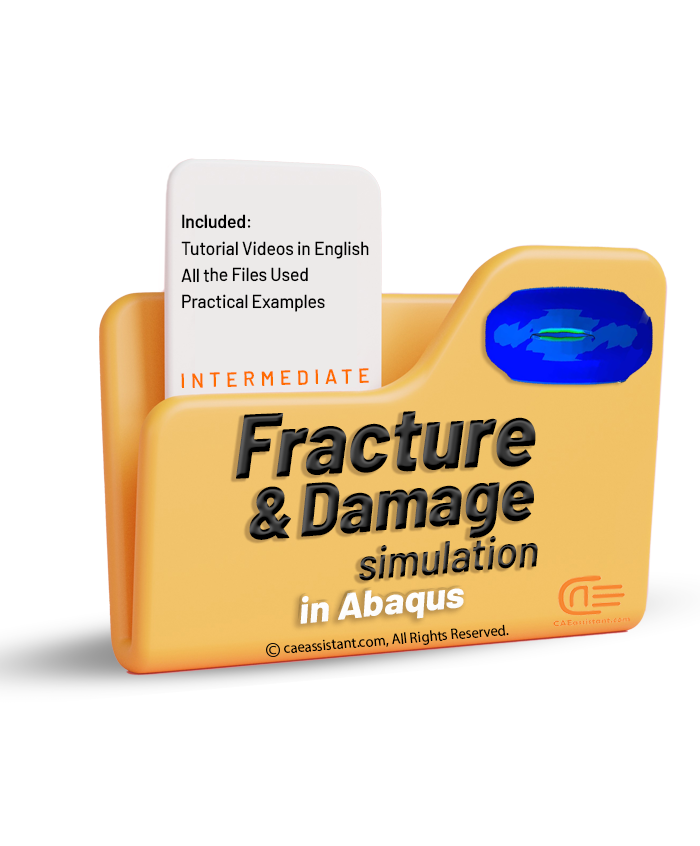
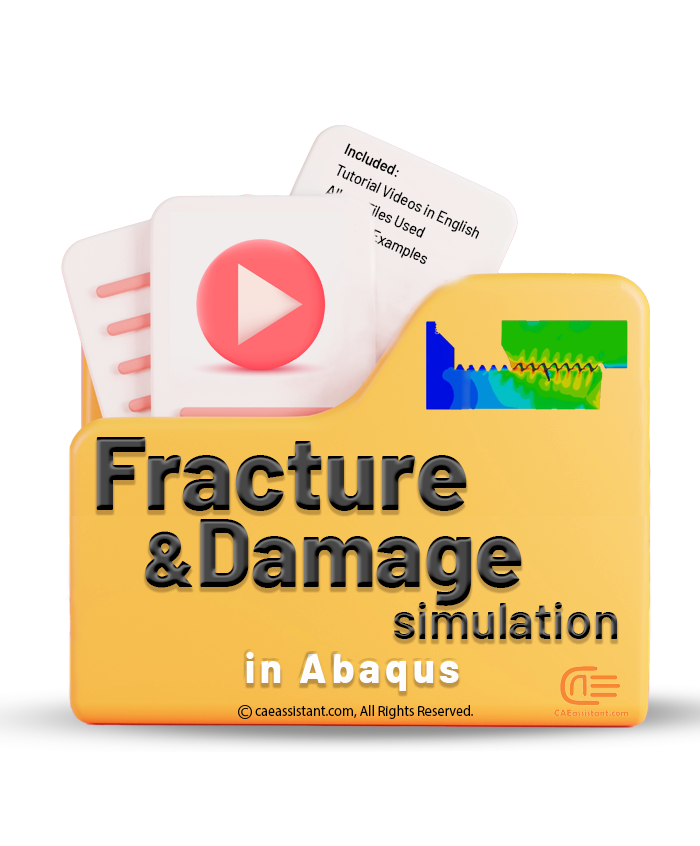
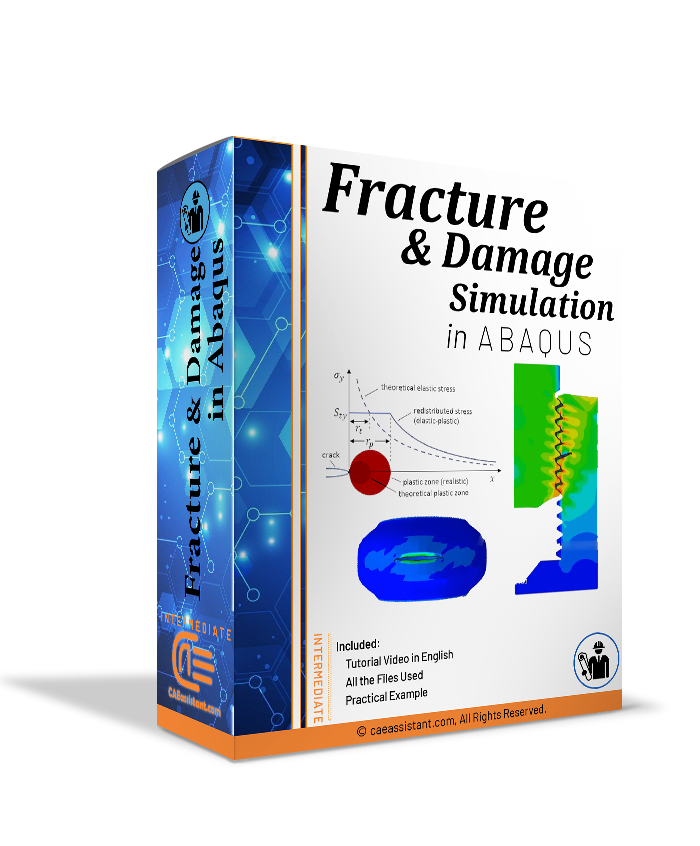
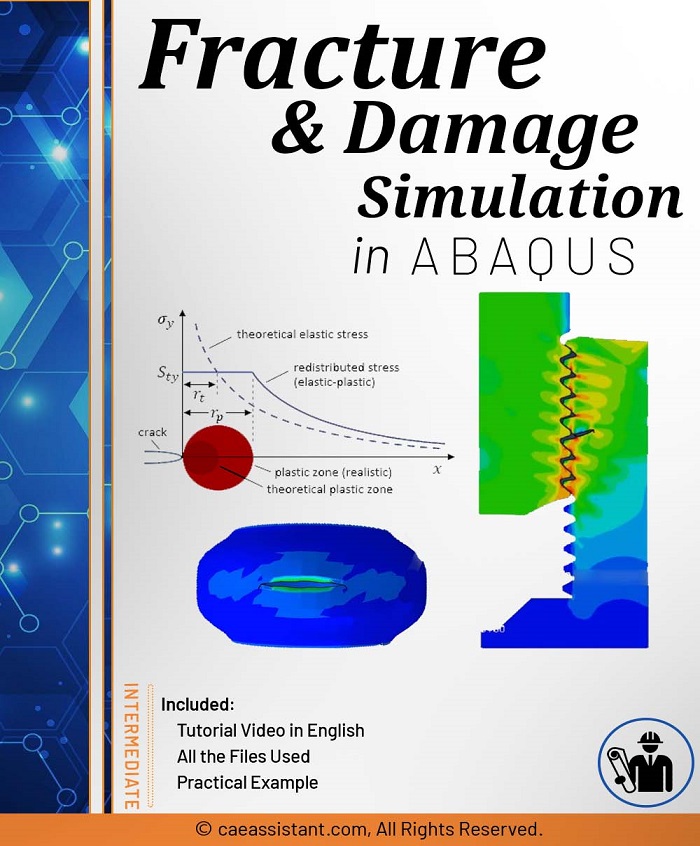






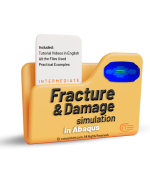
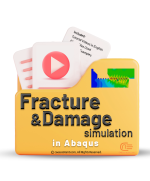
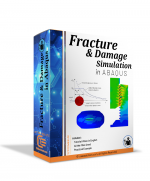
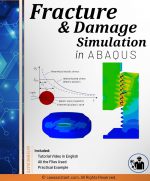







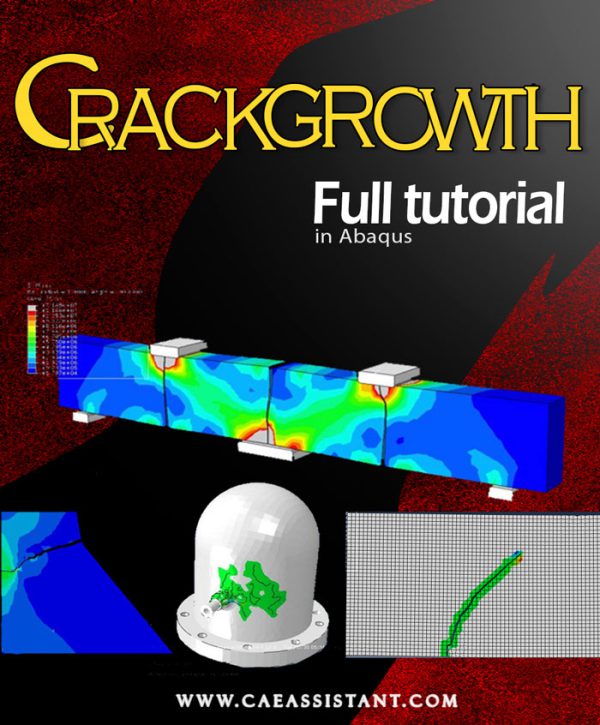

Flavio Romano –
Great. That was good. I want to simulate a crack in the composite structure. How to do that?
jin.ko –
This package was better than I imagined. I was able to learn all the points related to the modeling and analysis of cracked structures from this package.
Thank you so much